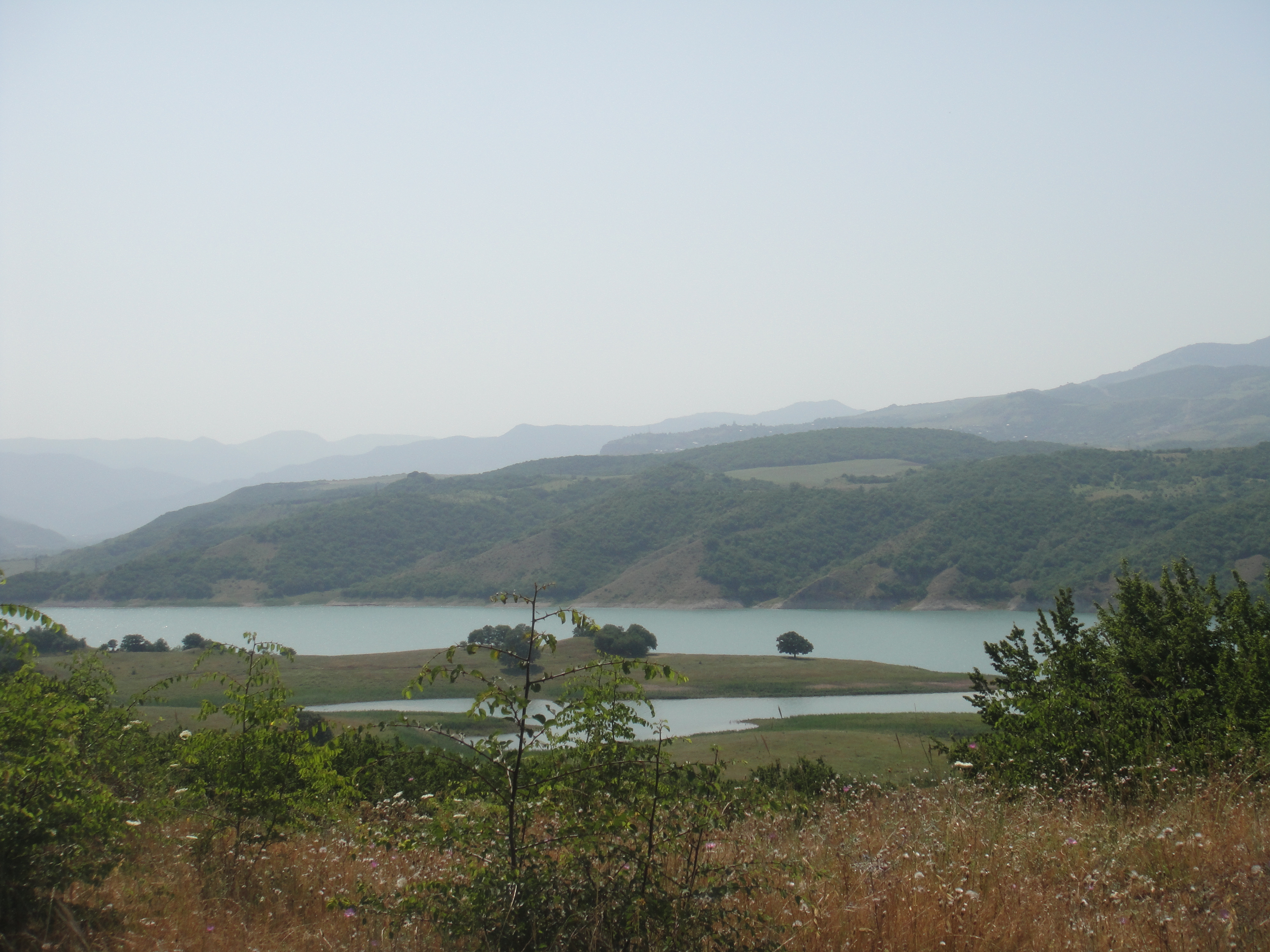Azersu:Armenia uses Sarsang reservoir for political threats

By Rashid Shirinov
Armenia uses the Sarsang reservoir as a tool for political threats, said Gorkhmaz Huseynov, the Chairman of Azersu company.
He made the remark at an international scientific-practical conference titled “Water resources, hydro-technical installations and environment” in Baku on March 15.
Sarsang, Azerbaijan’s highest water reservoir, which is situated 726 meters above sea level, was built on top of the Tartar River during the Soviet times in 1976. Since 1992, the Sarsang reservoir has been under the control of the Armenian armed forces, and as a result, frontline regions have been deprived of water.
“Azerbaijan joined many conventions on water, environment and ecology management,” Huseynov said, adding that Azerbaijan is the only country in the Kura-Aras river basin that ratified the Helsinki Convention on transboundary waters.
“Our country adopted the Paris Agreement of the UN Framework Convention on Climate Change. Unfortunately, despite the activities undertaken by international organizations in the fields of ecology and environmental protection, Armenia flagrantly violates international law,” Huseynov noted.
Huseynov said that the Sarsang dam is in desperate state because of the Armenian aggression and its resources are used as a tool for political threats.
Over 20 years of occupation, the technical facilities and equipment of the Sarsang reservoir have been driven into dire conditions due to a lack of maintenance and up keep. The probability of the destruction as a result of malfunction, natural disaster, or sabotage is extremely high and is now a real threat for Azerbaijan.
The official reminded that Azerbaijan has repeatedly raised this issue before international organizations and expressed its concern.
“The resolution of the Parliamentary Assembly of the Council of Europe of January 26, 2016, set out the requirements for Armenia – to stop using water resources as a tool of political influence and pressure, and to restore international control over the Sarsang and Madagiz dams,” he said.
The same document emphasized that Armenia's actions create humanitarian and environmental problems for Azerbaijani citizens.
“International organizations demanded from Armenia to immediately liberate the occupied territories of Azerbaijan and cease using the resources of the Sarsang reservoir as a tool of political pressure,” he said, adding that however Armenia have not followed any of these demands.
Huseynov also added that the Metsamor nuclear power plant in Armenia, the operation period of which expired long ago, poses a serious threat to the ecological stability of the region.
The conflict between the two South Caucasus countries began in 1988 when Armenia made territorial claims against Azerbaijan. As a result of the ensuing war, in 1992 Armenian armed forces occupied 20 percent of Azerbaijan, including the Nagorno-Karabakh region and seven surrounding districts. More than 20,000 Azerbaijanis were killed and over 1 million were displaced as a result of the large-scale hostilities. The 1994 ceasefire agreement was followed by peace negotiations.
Armenia still controls fifth part of Azerbaijan's territory and rejects implementing four UN Security Council resolutions on withdrawal of its armed forces from the Nagorno-Karabakh and surrounding districts.
---
Rashid Shirinov is AzerNews’ staff journalist, follow him on Twitter: @RashidShirinov
Follow us on Twitter @AzerNewsAz
Here we are to serve you with news right now. It does not cost much, but worth your attention.
Choose to support open, independent, quality journalism and subscribe on a monthly basis.
By subscribing to our online newspaper, you can have full digital access to all news, analysis, and much more.
You can also follow AzerNEWS on Twitter @AzerNewsAz or Facebook @AzerNewsNewspaper
Thank you!
